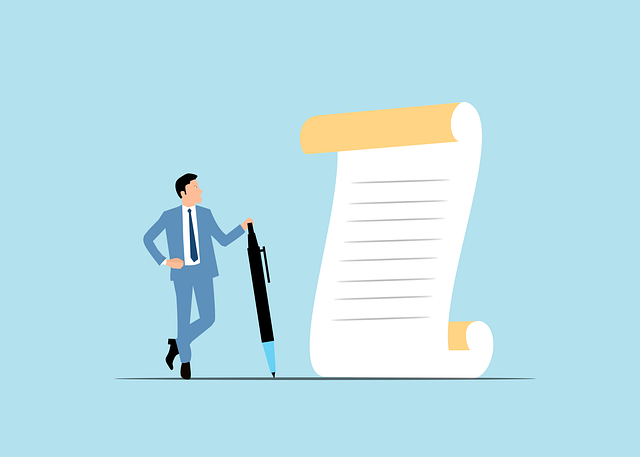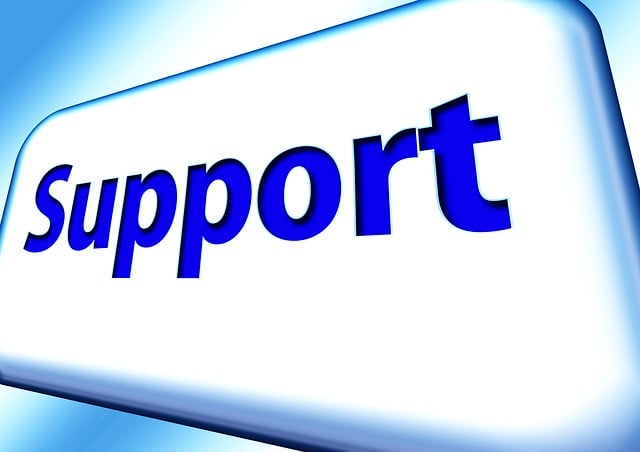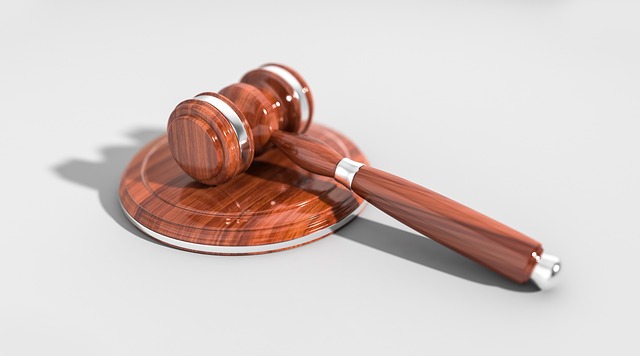After an accident, gathering crucial accident injury documentation is essential for verifying injuries and seeking compensation. This includes medical records, treatment bills, lost wages, and evidence of pain & suffering, disability, or long-term care needs. Organize and categorize bills, receipts, and documents digitally to simplify legal processes and save time, especially for complex claims. Mobile apps and cloud platforms streamline data capture and organization, ensuring accessible, accurate accident injury documentation for insurance or legal purposes.
After an accident, proper documentation is crucial for personal injury cases. Collecting and organizing bills, receipts, and medical records are essential steps in building a robust injury documentation file. This comprehensive guide delves into effective strategies for gathering essential documents post-accident. We explore methods to organize and categorize bills, as well as the benefits of digital solutions for efficient injury tracking. By following these practices, individuals can ensure their claims are supported by thorough and organized accident injury documentation.
- Gathering Essential Documentation After an Accident
- Organising and Categorising Bills and Receipts
- Digital Solutions for Efficient Injury Documentation
Gathering Essential Documentation After an Accident

After an accident, gathering essential documentation is crucial for injury documentation and potential compensation. The first step is to collect any immediate medical attention records, such as emergency room visits or hospital stays, as these serve as foundational evidence of injuries sustained. Additionally, it’s important to secure all bills related to treatment, including those from doctors, hospitals, pharmacies, and rehabilitation centers. These receipts not only validate the expenses incurred but also help in calculating the total financial impact of the accident.
Partnership disagreements or complex homeowner insurance claims may arise following an accident, particularly if there are significant damages or multiple parties involved. In such cases, meticulous record-keeping is even more critical. Besides medical bills, keep track of any lost wages, as well as documentation regarding pain and suffering, disability, or long-term care needs. For instance, in cases of nursing home neglect, detailed records can be instrumental in demonstrating the failure to provide adequate care, thus facilitating a stronger claim for compensation.
Organising and Categorising Bills and Receipts

Organising and categorising bills and receipts is a crucial step in compiling comprehensive accident injury documentation. Immediately after receiving medical treatment or incurring expenses related to an accident, it’s essential to keep all relevant paperwork together. Create separate folders for different types of expenses, such as hospital bills, physician visits, medication costs, and physical therapy sessions. This systematic approach ensures that every piece of information is easily accessible when needed.
Use clear and consistent labelling for each folder to make sorting through documents seamless. Consider digitalising receipts and invoices to avoid piles of paper cluttering your space. Scanning and storing these documents in a secure cloud storage system or on your computer allows for quick retrieval, which can be particularly useful if you require evidence during legal proceedings, such as when consulting with an accident attorney or discussing potential medical malpractice cases. Remember that meticulous organisation now saves time and effort later, especially in the event of complex claims involving elder law considerations.
Digital Solutions for Efficient Injury Documentation

In today’s digital era, collecting and managing accident injury documentation has undergone a significant transformation. Traditional paper-based systems have been replaced by efficient digital solutions that streamline the process. Mobile apps and cloud-based platforms enable individuals to quickly capture and store essential information from accidents, including photos, witness statements, and medical records. These digital tools not only simplify data organization but also enhance accessibility, ensuring that critical evidence is readily available for insurance claims or legal representation.
The shift towards digital solutions offers numerous advantages, especially when navigating complex scenarios such as partnership disputes or insurance coverage disputes. By maintaining a comprehensive electronic record, individuals can efficiently manage their injury documentation, reduce errors, and minimize the potential for misplacing vital information. This streamlined approach to accident injury documentation is a game-changer, ensuring that those affected by injuries have access to accurate and up-to-date records when seeking compensation or legal recourse.
Accident injury documentation is a meticulous process, but with proper organization and digital solutions, it becomes more manageable. By gathering essential documents, categorizing bills and receipts, and leveraging technology, individuals can efficiently compile evidence for personal injury claims. This ensures a smoother journey towards justice and fair compensation. Remember, detailed record-keeping is key to navigating the complexities of accident injuries.






